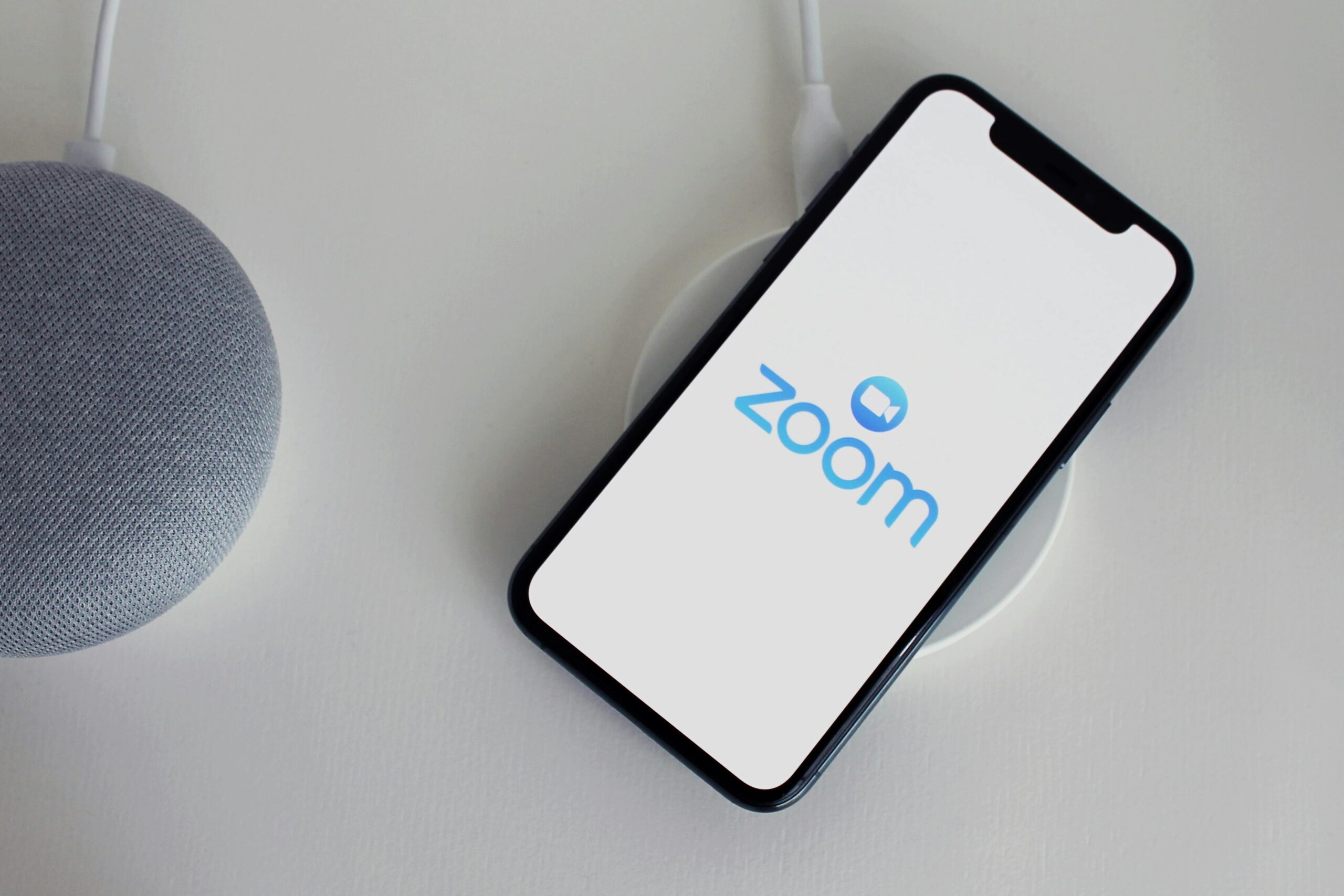A recently introduced Ethereum Improvement Proposal (EIP) seeks to significantly enhance the performance of the Ethereum network by reducing block times by 33% and boosting overall data capacity. Developers claim that this will lead to an increase in overall throughput by 50%.
Details of EIP-7781
On October 5, Ben Adams, co-founder of Illyriad Games, introduced EIP-7781, which proposes reducing the block time on the Ethereum network from 12 seconds to just 8 seconds. The proposal also aims to improve the latency of rollups and enhance the capacity of blobs, which are temporary data structures designed to help reduce layer-2 network fees.
In a post shared on October 6 on X, a pseudonymous developer known as Cygaar described EIP-7781 as a pivotal step toward improving the base layer of Ethereum. He pointed out that much of the current developer focus has been directed toward Ethereum layer-2 networks as solutions for scaling.
Beyond increasing the throughput of the mainnet, the proposal intends to distribute bandwidth usage over time. This strategy aims to lower peak bandwidth requirements without the need to increase the number of individual blocks or blobs processed.
Support from Ethereum Community
Justin Drake, a researcher at the Ethereum Foundation, expressed his support for the EIP on GitHub. He highlighted that the proposal aligns with broader goals put forth by Ethereum co-founder Vitalik Buterin and various Ethereum scaling organizations.
Drake emphasized that reducing block times could lead to significant benefits, stating that decentralized exchanges like Uniswap v3 could become “1.22x more efficient.” Furthermore, he estimated potential savings of about $100 million annually in CEX-DEX arbitrage, ultimately leading to improved execution for users.
Drake also noted that the EIP would enhance the user experience for Ethereum smart contracts by decreasing confirmation times by 33% and alleviating “peak load” across a broader range of slots.
Despite the anticipated benefits, several developers expressed concerns regarding the potential negative impact on solo stakers. Shorter block times may lead to increased execution state growth, which could elevate the amount of data processed on the blockchain. This scenario necessitates more powerful hardware and bandwidth to propagate the blockchain’s state in a reduced timeframe.
Adam Cochran, a partner at Cinnehaim Ventures, shared his thoughts on X on October 6. He found the new EIP reasonable, but emphasized the need to monitor its effects on solo stakers, provided that the gas limit per block remains unchanged.
“I would want to see some tests on I/O hardware and staker return ping times to make sure it doesn’t cut off some home stakers, but it seems like it should be within range for most,” Cochran noted.
Long-Term Implications for Decentralization
While the proposal has the potential to enhance network performance, the increased requirements for stakers could pose challenges to Ethereum’s long-term path toward decentralization. Maintaining a balance between performance improvements and the accessibility of staking opportunities will be crucial for the network’s future.
This EIP was introduced just three days after Vitalik Buterin discussed the possibility of lowering the minimum requirement to become a validator on the Ethereum network. The current requirement is 36 ETH, but Buterin suggested reducing it to 16 or 24 ETH to improve network security and promote greater decentralization.
EIP-7781 represents a significant step toward optimizing the Ethereum network’s performance and throughput. By reducing block times and increasing data capacity, the proposal could enhance user experience and operational efficiency. However, the concerns surrounding the impact on solo stakers and the broader implications for decentralization highlight the complexities involved in making changes to a network that serves a diverse ecosystem of users.
As Ethereum continues to evolve, balancing scalability with accessibility will remain a critical focus for developers and stakeholders alike.
| Key Details of EIP-7781 | Information |
|---|---|
| Proposal Introduction Date | October 5 |
| Current Block Time | 12 seconds |
| Proposed Block Time | 8 seconds |
| Expected Throughput Increase | 50% |
| Developer Behind EIP | Ben Adams (Illyriad Games) |
| Expected Efficiency Improvement for Uniswap v3 | 1.22x more efficient |
| Estimated Annual Savings in CEX-DEX Arbitrage | $100 million |
| Solo Staker Concerns | Potential execution state growth |
| Current Validator Requirement | 36 ETH |
| Proposed New Validator Requirement | 16 or 24 ETH |










